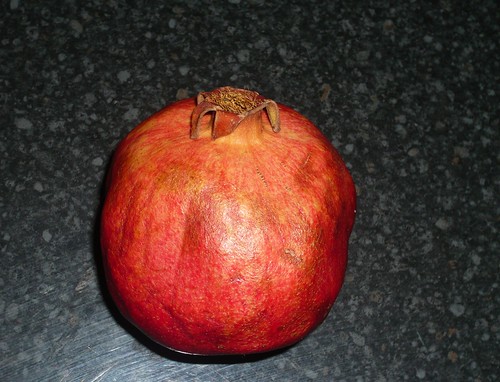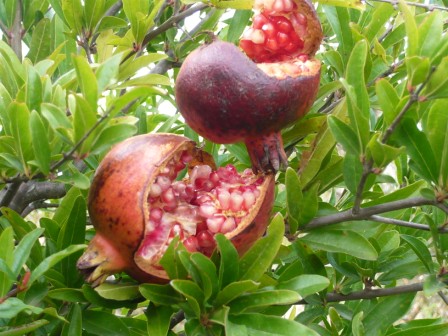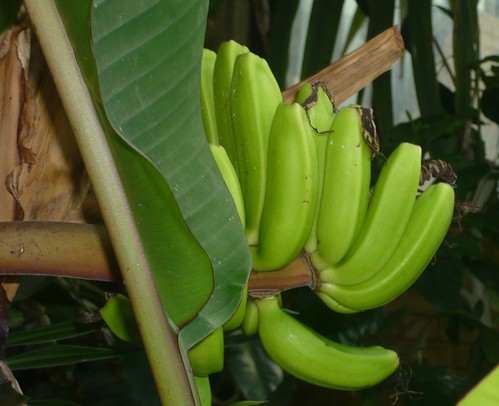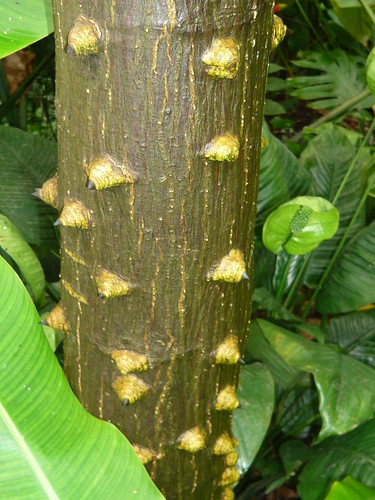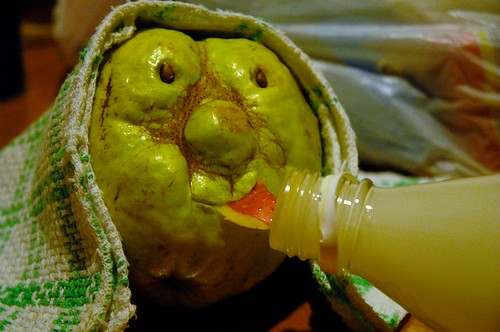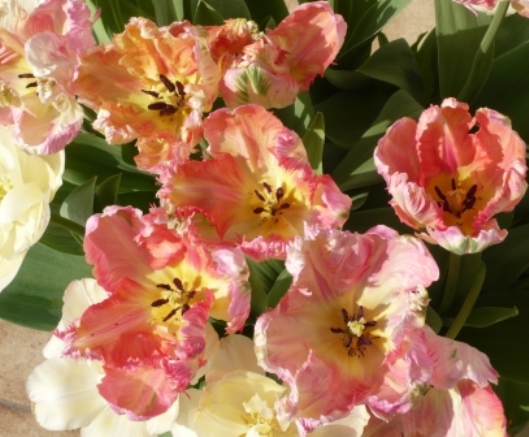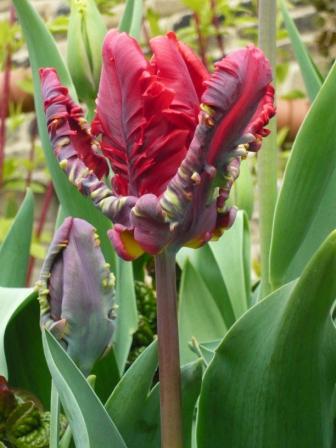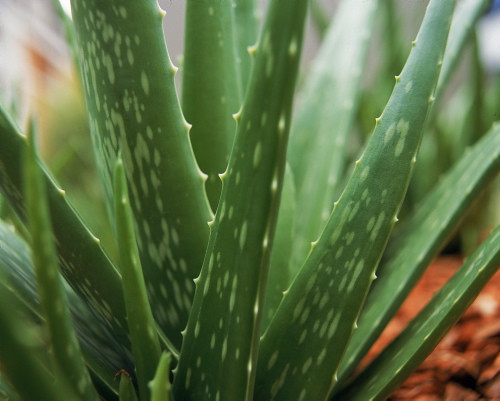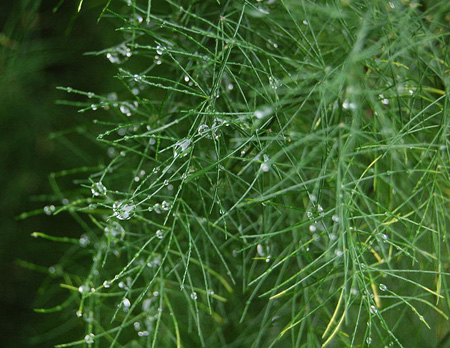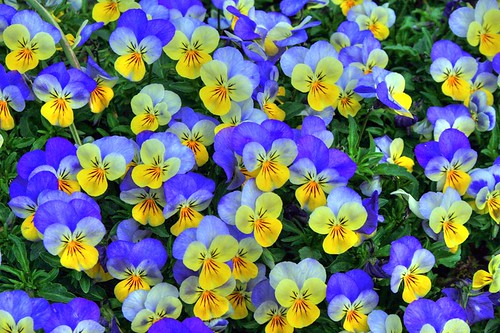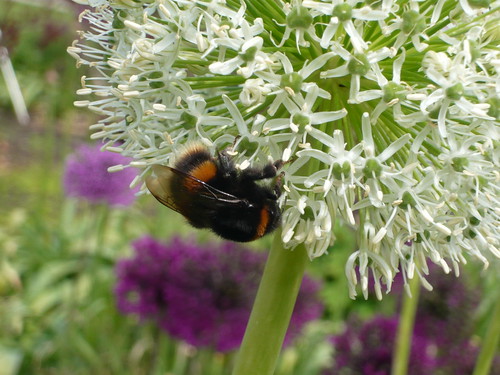Growing Ornamental Onions – Alliums
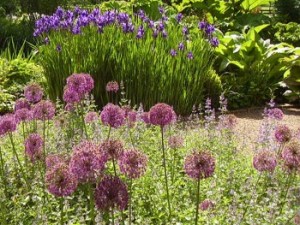
Ornamental onions are a branch of the allium family. It is hard to associate with the humble vegetable onion. But, the ornamental onion provides an excellent early season display of colour in the awkward gap between spring and the full flush of summer.
Ornamental onions also offer an architectural elegance standing tall over an herbaceous border. Even after they have finished flowering, the seed heads can provide months of interest in the garden.
Tips for Growing Alliums
- Alliums like a free draining soil in full or partial sun. They are not too fusy about the soil; it doesn’t need to be overly rich.
- They are naturally long lived and should be allowed to die back naturally so leaves can replace energy in bulbs.
- Unfortunately ornamental onions are particularly liked by the slugs. see: tips for dealing with slugs
Growing Alliums in Pots.
– Alliums make an excellent bulb for growing in patio pots. …
